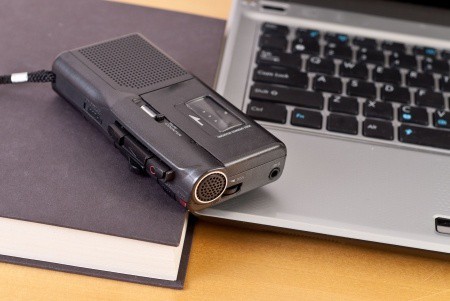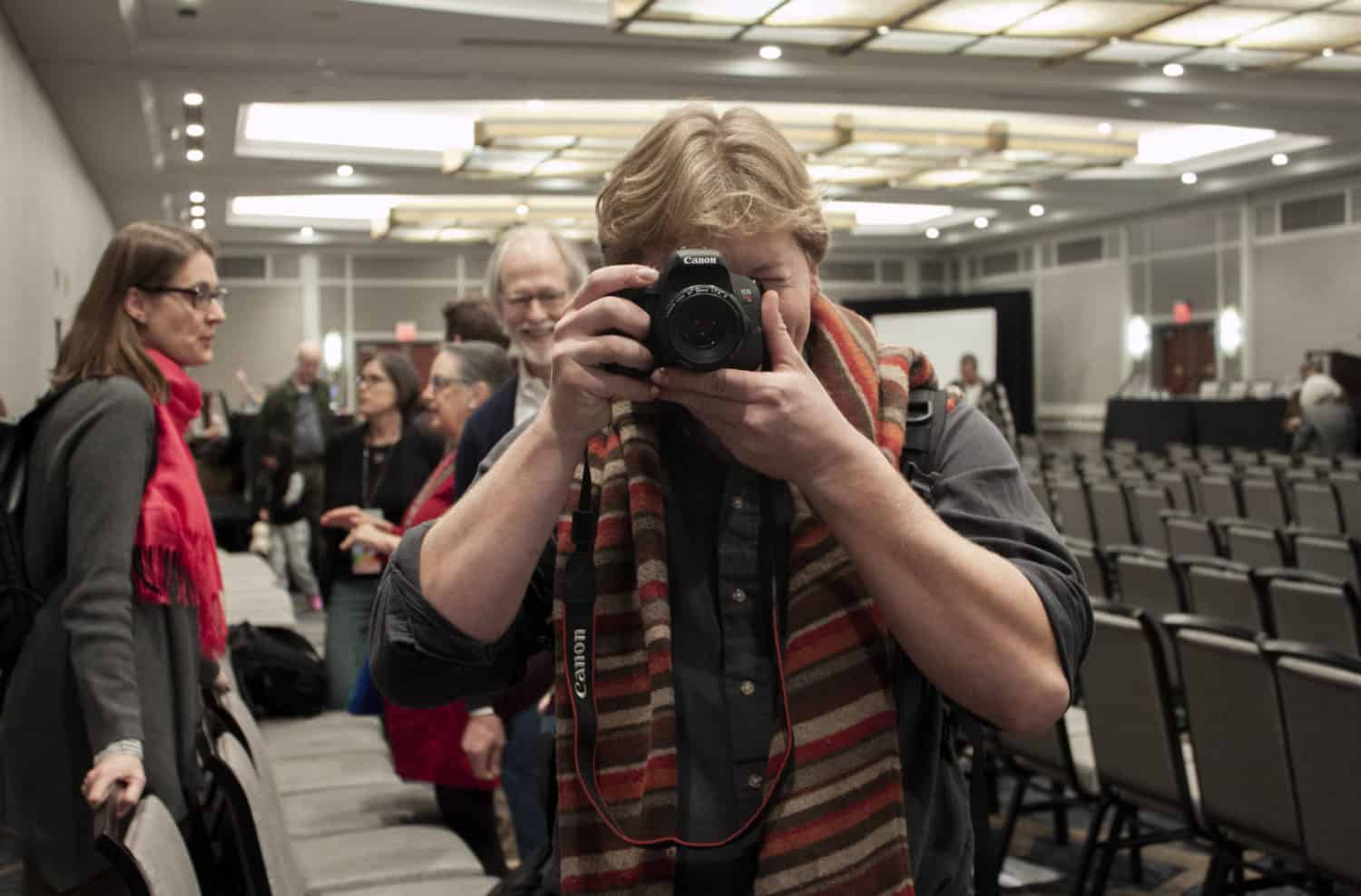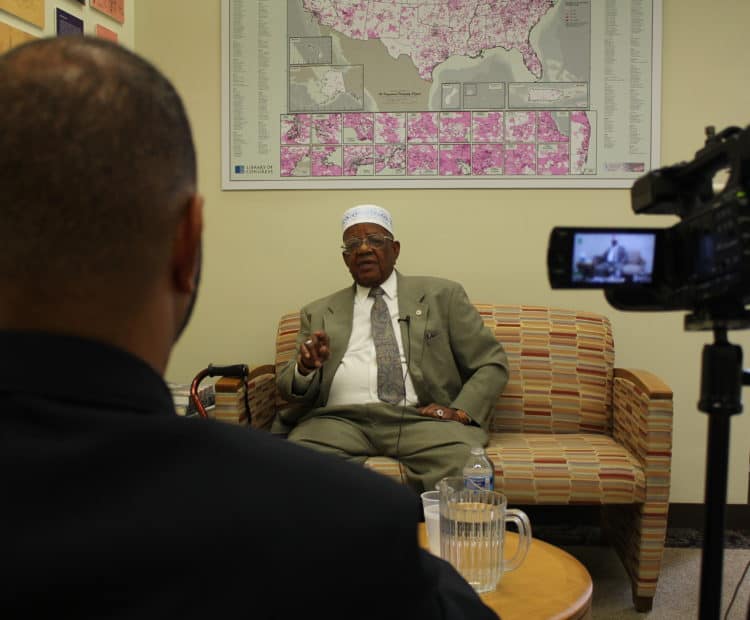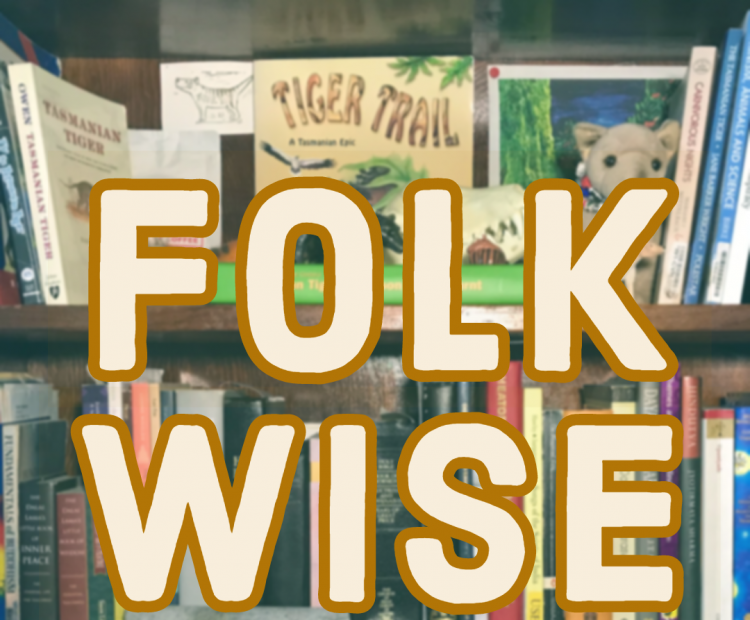Reach out to …
Once you know who or what you want to advocate for, it’s time to figure out how to reach out to the government and the mass media and how to leverage tools, such as social media to get your message to the right audience. Finding the right people to help is crucial to effective advocacy.

The Government
Needs for Advocacy
Nearly all public and community based folklore programs depend on government funding for not only their existence, but for the ability to create and support new initiatives.
Strategies for Advocacy
- Numbers can be a powerful and persuasive tool when effectively demonstrating a community or organization’s level of public support.Organizations can benefit from recording not only the number of participants engaged, but also information about which congressional districts are being served by the organization’s activities.
- Participate in Advocacy Days and Events
- Staff for Congress will tell you they count numbers of phone calls, letters or emails when there is an organized campaign, so if you are part of a coalition which is advocating for a general issue (arts education funding, for instance) you can help make the case with this method.
- Most experienced advocates recommend an in-person visit, so if you are going to be in DC, it’s worth arranging a visit ahead of time. You might wish to join your state’s delegation to an advocacy day in DC (see below). If the issue is time-sensitive, phone calls are recommended over emails because you will speak to a staffer (most of the time).
- Federal Government Advocacy: In communicating with Congress, the most important word to use is “constituent.” As a constituent (and as the representative of other constituents in your community) you have the right (and some would say the responsibility) to communicate with your elected representatives.All members of Congress hold town hall meetings in their districts. These are good opportunities to let your legislator know about an upcoming or ongoing program and to say, “thank you” for legislation which funds your programs and/or work. (PublicPolicyActionTips)
- Local & State Government Advocacy: Communicating with legislators and other political representatives holds many similarities to that of federal representatives with two important differences. First, you will typically have many more opportunities to communicate in person. Secondly, you can make use of things like writing a letter/email to the editor of a local paper, inviting a representative to an event, or making a phone call with more impact than you might have nationally. AmericansForTheArtsStatesFacts
Meeting with Legislators
Setting up the Meeting
The first thing you will want to do is make an appointment, either with the congressperson’s DC office, or at a local branch. Ask to speak with the person who makes appointments. You will need to provide information about yourself, your organization, the topic you’d like to discuss, and a range of dates or times when you would be available.
Some nonprofit groups work with a pro-bono lobbyist, who can arrange these meetings on their organization’s behalf.
What to Expect
First-time visitors to a legislator’s office will often meet with staff members, rather than the actual legislator. Staff members play a critical role in the office, and such meetings can be equally or even more productive. It is especially valuable to establish a good working relationship with staff if, for example, your organization plans to continue meeting with the office once or twice a year.
Resources
- Americans for the Arts Advocacy Resources: Includes a legislative issue center, an advocacy tool kit for the arts, facts and figures to use in advocacy, and a “take action now” section
- Americans for the Arts Reports
- Congressional Humanities Caucus
- National Assembly State Arts Agencies Advocacy resources Includes federal updates and a set of tools for advocacy
- Glossary of Legislative Terms
Key Points
- Keep it brief-meetings should not exceed 30 minutes. Aim for 10-15 minutes, leaving room for questions.
- Meet with staff. If the representative is not available, meeting with staff can be a terrific way to get your message through. Be gracious and appreciative of their time.
- Make specific, concrete points-they are easier to remember and share.
- Bring your unique perspective. Use real, personal anecdotes to explain how the legislator’s action (or failure to act) would impact the individuals and organizations in your community.
- Clearly identify the action you are requesting.
- If you ask the legislator’s position on the issue, and they are undecided, explain how you arrived at your position and ask them to inform you by mail or e-mail when they make a decision.
- Thank the legislator or staffer and leave them with your contact information.

Mass Media
Needs for Advocacy
Never before have there been so many options, platforms, and outlets in the mass media for pushing the work of folklore beyond the ivory tower, niche audiences, and local interest groups to the broader public. Just like good fieldwork, success depends on building strong, mutually-beneficial relationships.
Strategies: Making Connections
- People working in the mass media—journalists, podcasters, bloggers, etc.—need new stories every day, so they can be as happy to work with you as the reverse. But don’t wait until you have the perfect story. It’s helpful to establish a relationship with reporters, writers, podcasters and bloggers ahead of time so the lines of communication are open and ready when the time comes.
- To help members of the media find you, add your profile to the “Find an Expert” database on the AFS website. When journalists come to our website looking for a source for a story, they can search this database and find you.
- Of course, journalists won’t always know to come to the AFS website or look for a folklorist at all. Be proactive and add your profile to other sites as well where journalists regularly go looking for a source for all kinds of stories. Do your part to advocate for the field.
- Just as in all relationships, don’t be a pest. If you overwhelm a reporter with information, they are less likely to reach out to you. If a reporter calls, texts, tweets or emails you, try to respond as quickly as possible. Their deadlines are often tight and a few hours can make the difference between inclusion and being ignored. As the old proverb goes, “The early bird gets the worm.” For more tips on establishing relationships with local media, click here.

Social Media
Needs for Advocacy
Social media has always been a great way to reach niche audiences, but as reporters increasingly use social media to find stories, social media platforms have become important communication tools no matter the size or nature of the group. To advocate effectively, consider using social media like Twitter, You Tube, lnstagram, Facebook and others to reach out when you are advocating.
Strategies for Advocacy
Social media platforms offer a convenient and adaptable way for folklore organizations to connect with audiences. regardless of how large or small that audience may be. Many provide built-in analytics that let organizations track the growth of their audience, identify the best time of day to connect with followers, and learn which category of posts (photographs, links, etc.) are most successful.
Though posting on social media may be relatively easy and fast. the organization’s “voice” should always be considered. A nonprofit is responsible for the content under its editorial control, and even indirect actions (“liking” the photo of an external organization or person, sharing or retweeting external content. responding to comments. etc.) factor in this. Messages that are polarizing in nature can harm the organization’s ability to facilitate dialogue, or possibly threaten the group’s nonprofit standing. To effectively advocate through social media, it can help to establish ahead of time what the tone of the organization will be going forward, and to maintain that consistently. (Center for Media Justice “The Digital Culture Shift,” BolderAdvocacy “Legal Tips On Using Social Media For Advocacy”)





